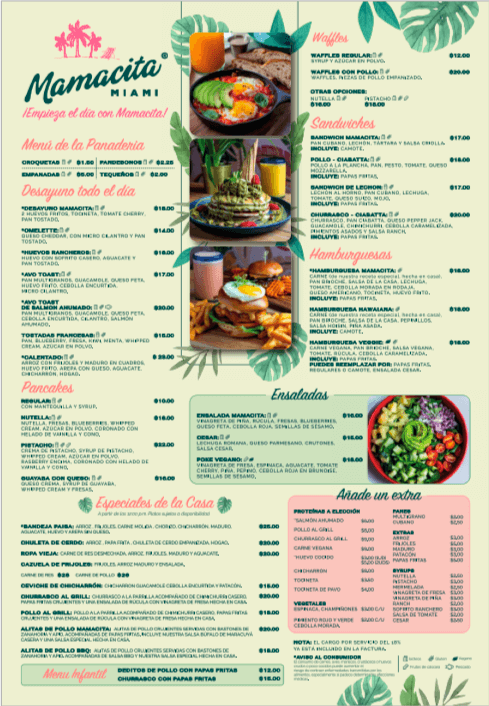In the world of food preservation, few techniques have withstood the test of time as well as brining. This ancient method of soaking foods in a solution of water, salt, and sometimes sugar or other ingredients has been a cornerstone of culinary practice for centuries, allowing cooks to extend the shelf life of their ingredients while also enhancing their flavor and texture. For those looking to master the art of brining, the pickle room is an essential destination – a place where the alchemy of transformation takes place, and the humblest of ingredients are elevated to new heights of gastronomic delight.
Understanding the Basics of Brining
Before diving into the intricacies of the pickle room, it’s essential to grasp the fundamentals of brining. At its core, brining involves submerging food in a brine solution, which is typically composed of water, salt, and various flavorings such as garlic, spices, or herbs. The ratio of salt to water can vary depending on the desired outcome, but a common starting point is a 5% brine solution, where 50 grams of salt are dissolved in 1 liter of water. This concentration helps to inhibit the growth of harmful bacteria while encouraging the development of beneficial microorganisms that contribute to the food’s unique flavor and texture.
The Science Behind Brining
Delving deeper into the science behind brining reveals a complex interplay of chemical and biological processes. When food is submerged in a brine solution, the salt helps to:
- Dehydrate bacterial cells: By reducing the water activity on the surface of the food, salt creates an environment that is less hospitable to the growth of pathogens, thereby increasing the food’s safety.
- Enhance flavor penetration: The salt in the brine solution facilitates the diffusion of flavors into the food, allowing the natural tastes of the ingredients to meld together in a harmonious balance.
- Modify texture: The osmotic effects of the brine can help to tenderize or crisp foods, depending on their initial texture and the brining conditions.
Step-by-Step Guide to Creating Your Own Brine Solutions
To begin your journey into the world of brining, follow these steps to create your own custom brine solutions:
- Determine the purpose of your brine: Are you looking to preserve vegetables, meats, or perhaps create a comforting snack like pickles? Each application may require adjustments in the brine’s salt concentration and flavor profile.
- Choose your flavorings: Garlic, dill, coriander, and chili peppers are popular additions to brine solutions, offering a wide range of flavor possibilities.
- Calculate your brine ratio: For most applications, a 5% brine (50 grams of salt per 1 liter of water) is a safe starting point. However, this can be adjusted based on the specific requirements of your recipe or the characteristics of the food being brined.
- Prepare your brine: Combine your water, salt, and selected flavorings in a saucepan. Heat the mixture over medium heat, stirring until the salt dissolves. Allow the brine to cool before use, as hot brine can lead to uneven results or, worse, spoilage.
Advanced Brining Techniques for the Adventurous
For those who have mastered the basics of brining, there are numerous advanced techniques to explore, each offering unique opportunities for flavor enhancement and preservation:
- Lacto-fermentation: This method involves allowing the natural bacteria on the food’s surface to ferment the brine, producing lactic acid and creating an environment that is inhospitable to pathogens. The result is a tangy, umami flavor that is both healthy and delicious.
- Spice and herb variations: Experimenting with different spice blends and herbs can add incredible depth to your brined foods. Consider the warmth of cinnamon and allspice for meats or the brightness of dill and parsley for vegetables.
- Temperature and time control: Adjusting the temperature and duration of the brining process can significantly impact the final product. Cooler temperatures and longer times can lead to more subtle flavor profiles, while warmer temperatures and shorter times may result in bolder, more pronounced flavors.
Case Study: Brining a Turkey for the Holidays
One of the most rewarding applications of brining is in the preparation of meats for special occasions. A brined turkey, for example, can be a show-stopping centerpiece for any holiday meal. Here’s how to do it:
- Preparation: Start by preparing a brine solution according to your recipe or the guidelines provided above. For a turkey, it’s often beneficial to use a slightly sweeter brine to balance the bird’s natural savory flavors.
- Submersion: Once your brine has cooled, carefully place your turkey into a large container or brining bag, making sure that the bird is fully submerged in the liquid. If necessary, weigh down the turkey with plates or other kitchen items to keep it under the surface.
- Resting: Allow the turkey to brine for 24 hours for a small bird or up to 48 hours for a larger one. The longer brining time will result in a more intensely flavored and moist final product.
- Roasting: After the brining process, remove the turkey from the brine and pat it dry with paper towels. Proceed to roast the turkey as you normally would, using your preferred seasonings and cooking methods.
Preserving the Harvest: A Seasonal Approach to Brining
For many, the joy of brining is closely tied to the changing seasons and the availability of fresh, locally sourced ingredients. As the seasons transition from spring to summer, and then into fall and winter, the types of foods that are best suited for brining also change:
- Spring and Summer: These seasons offer an abundance of fresh vegetables and fruits, perfect for quick pickling or lacto-fermentation. Consider brining asparagus, bell peppers, or cucumbers for a crunchy snack or side dish.
- Fall and Winter: As the weather cools, hearts turn towards warmer, comfort foods. Brining meats like pork, beef, or game becomes more prevalent, as these dishes are often at the center of holiday meals and gatherings.
Frequently Asked Questions About Brining
What is the minimum brining time for safety and flavor?
+The minimum brining time can vary based on the food type, size, and desired outcome. However, a general rule of thumb is to brine for at least 30 minutes to several hours for most vegetables and meats. Always ensure that your brine is at a safe refrigerated temperature (below 40°F or 4°C) to prevent bacterial growth.
Can I reuse brine for different foods?
+It's generally not recommended to reuse brine for different foods due to the risk of cross-contamination. Each type of food can introduce its own set of bacteria into the brine, potentially leading to spoilage or foodborne illness. For safety and quality, it's best to prepare a fresh brine for each use.
How do I store brined foods to maintain freshness and safety?
+Brined foods should be stored in the refrigerator at a consistent temperature below 40°F (4°C). Use airtight, clean containers to prevent contamination. For longer storage, consider canning or freezing your brined foods, following safe canning or freezing practices to ensure the food remains safe to eat.
Conclusion: Embracing the Art of Brining
The world of brining is a rich tapestry of flavors, techniques, and traditions, offering something for every palate and culinary skill level. Whether you’re a seasoned chef or a curious beginner, the art of brining provides a unique avenue for creativity and exploration in the kitchen. By understanding the science behind brining, experimenting with different techniques, and preserving the freshest ingredients of each season, you can unlock a universe of flavors and textures that will elevate your cooking to new and exciting heights. So, embark on this journey into the pickle room, where the ancient meets the modern, and the joy of brining awaits.


